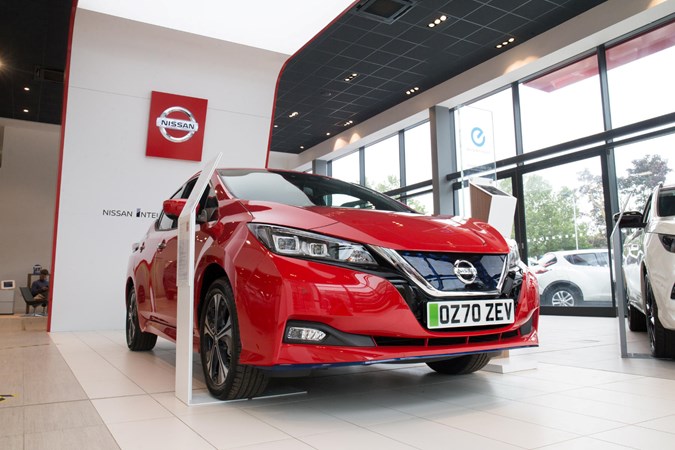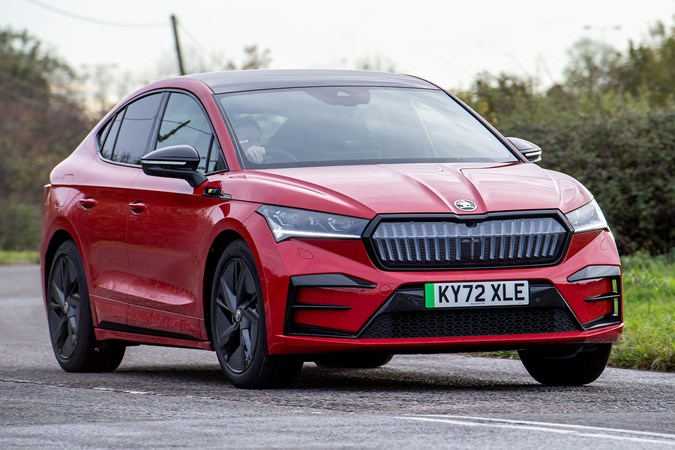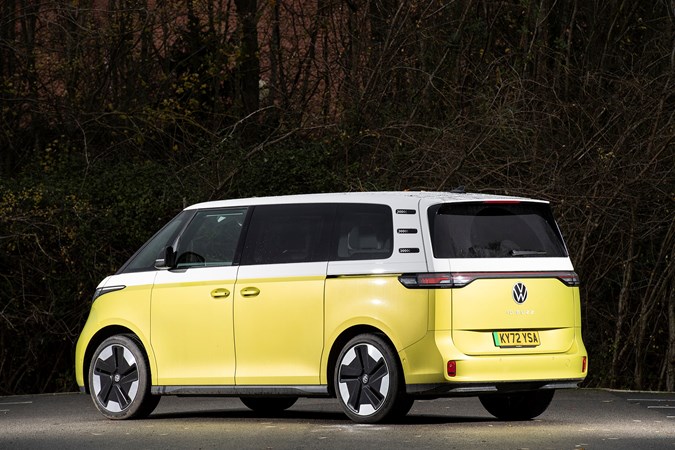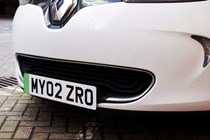For anyone wondering why Electric vehicles in the UK have number plates with a green flash on them, it was down the government wishing to raise awareness of EVs when they were introduced in June 2020. There was a little more to it than than, and we’ll get onto that below.
When these were announced, the-then Transport Secretary Maclean also stated that they would also unlock incentives for their owners. However, these incentives haven’t been confirmed yet, and maybe they never will be under the current government – but the Department for Transport suggested that free or cheaper parking and the use of bus lanes were all under consideration by local councils for cars showing a green stripe on its number plate.
The move to bring in these number plates reflects similar programmes in Norway, Canada, Hungary and China. These countries also single out Electric Vehicles (EVs) with a number plate as a way of quickly identifying cars that could qualify for benefits.
Which cars qualify for green plates?
The plates are only available for zero emission vehicles. In other words, battery electric vehicles and hydrogen fuel cell vehicles, such as the Toyota Mirai and Hyundai Nexo.
EVs also bring the most benefit in terms of local pollution for cities – and it could be argued that they also have the greatest need for support, with specially marked and enforced parking bays to ensure availability of charging points, lanes that allow better use of traffic flow to improve efficiency, and even the environmental consideration of reduced noise pollution.

What benefits will be offered?
Ultimately, the benefits proposed for cars with green number plates are pretty much the same incentives already offered to owners of ULEVs or EVs, anyway. Free entry into emissions-control zones in cities or built-up industrial estates, fewer restrictions on bus/taxi lane use (and the option to introduce new lanes for EVs, or allow EVs into areas where noise is otherwise controlled).
All of these schemes exist, in one form or another, in addition to the tax advantages of reduced emissions.
Enforcement is another issue, and as current restrictions rely on ANPR and registration data the existence of a green background on the numberplate really won’t have any relevance for automated enforcement.
So what’s the point of a green plate, then?
Other countries have found takeup of envionmentally-friendly cars is helped by a clear marker – virtue signalling for the buyers of green cars, and another way for people to feel like they stand out. This would indicate that the wholly-green plate would be preferable to the green flash or dot proposals; but the other aspect of the legislation under consideration is whether the plates are mandatory or optional (and indeed, if they are an opt-out, or opt-in).
Countries like Norway precede EV registrations with E; North American licence plates for special classes of vehicle are a legal requirement (though you can often specify patterned backgrounds).
Fitting the green plate wouldn’t affect access to ANPR-enforced zones, but it might allow businesses and public spaces to make their own choices about encouraging EV use, such as preferential car-park spaces in supermarkets. So, if you spot a non-EV or hydrogen-fuelled car wearing a plate with green flashes, they’re breaking the law, and could be fined up to £1,000.
How do you get a green number plate?
If you’ve ever wondered what you need to do to get a green number plate, here’s what you need to know. If you buy a new electric car, it almost certainly will be fitted as standard with green number plates (although we do see some EVs that haven’t). You won’t need to complete any additional paperwork compared to the process for buying a petrol or diesel car.
If you have an electric car and want to fit green number plates, you can purchase them from an approved supplier. Just remember that they’re subject to the same rules and regulations, and you can transfer them, as all other number plates.
Just as you would with any other number plate, you can visit your local motor factor or car parts supermarket and buy them off the shelf. You can also use this government website to help find a suitable outlet. However, you’ll need to show some ID and have your car’s V5C logbook to order a set.

What do people think of green plates?
A third of motorists in the UK would be more likely to buy an EV because of green number plates, according to research from a YouGov poll commissioned by Nissan. It also found that 55% of people were unaware that low emission zones were under consideration in towns and cities across the nation.
While 81% of respondents were aware of the environmental benefits of electric motoring, but 53% were unaware of the possible financial gains such as VED and congestion charge exemption and discounted charging and parking in some places.
The survey showed enthusiasm for electric motoring is strong in London, with 50% of residents questioned saying they would be likely to buy an electric car if it made it easier to access the centre of the capital.
Managing director of Nissan Motor GB, Andrew Humberstone, said: ‘The perception is that electric cars are expensive. We’re trying to show that’s not the case. People need to factor in total cost of ownership, the financial benefits, and the perks, like these green number plates.’
Have coloured registration plates been used before?
The current style, of black letters on a reflective background – white for the front, and yellow for the rear, is a legal requirement for cars manufactured after 1 January 1979. Prior to that, the plates could be silver-on-black, though the yellow and white that is now so familiar was an option after 1968, and became mandatory after 1972. The exemption for black and silver is now linked to historic vehicle tax class, and as such, is a rolling 40-year cutoff.
Typeface and material were standardised in 2001 as BS AU 145d and all plates purchased since that date have to conform to the spacing, reflectivity and font. Many drivers circumvent those rules with ‘show plates’ to mis-space cherished registrations or use non-conforming faults.
You may see diplomatic plates with differing backgrounds, though UK-issued ones conform to current standards. Trade plates use red letters on a white background.
As such, the green background would be a very dramatic change, drawing attention to this class of environmentally-better cars and their drivers. It could also affect your colour choice – there are some cars that really look odd with anything other than the expected number plate.

Just so you know, we may receive a commission or other compensation from the links on this website - read why you should trust us.











